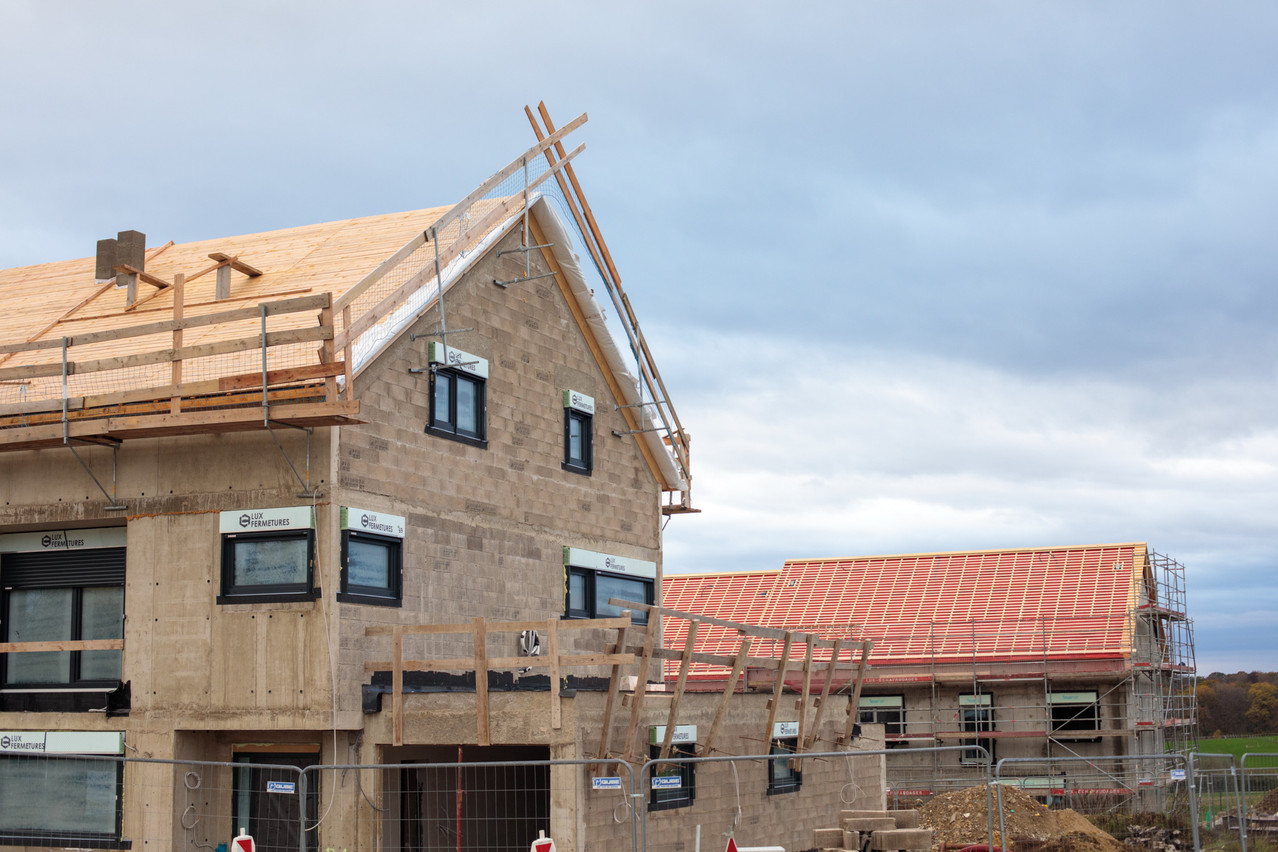Housing prices in Luxembourg more than doubled between 2010 and 2020 and continue rising, although at a slightly slower pace, Statec said in a report. While in 2020, prices climbed at a record 14.5%, last year the hike in costs was at 13.9% for houses and apartments.
The average cost of a house in Luxembourg City rose to €1.45m, Statec said, although prices vary substantially depending on size, age and location. In the north of the country, buyers can expect to find similar properties for half of the price.
On average, the price per square metre of a new apartment was at €8,902, compared to €8,105 for an already existing flat. The area around Luxembourg City was substantially more expensive, however, at €12,216 per square metre for an apartment under construction and €10,527 for an existing property.
“The sharp increase in the sale prices of homes was partly made possible by the appetite of investors for the real estate market housing in Luxembourg, particularly in connection with housing taxation but also by the historically low level of interest rates and a increase in credit maturity,” Statec said.
IMF warning
The International Monetary Fund this month warned that is needed in Luxembourg’s housing market. High prices are impacting the country’s attractiveness as a business location, it said, but are also fuelling high household debt and posing a risk to banks.
Finance minister Yuriko Backes (DP) in parliament said that banks were not exposed, with fewer than 1.1% of borrowers defaulting on loans.
Statec previously said that between 5,500 to 7,500 new units are needed per year to accommodate the grand duchy’s growing population. But only around 4,000 are being built.
In theory, potential building land is available, enough for 142,000 housing units. But incentives are lacking pushing landowners to sell or start construction on plots that are only increasing in value. Close to 50 landowners own a quarter of Luxembourg’s empty housing plots.
And building has slowed down, experts told lawmakers in the meeting with Backes, with less activity in the market for new construction, because of to real estate loans for investors and a curb on tax benefits.
Singles pay more
Rents have risen at a slower pace than prices for buyers, climbing on average 4% per year since 2010 for apartments--or 53.2% in total since the first quarter of 2020 and the end of 2021. For houses, rents rose 41.4% over the last 11 years.
“The rental market is more constrained by tenant income. However, the income of tenant households has increased more slowly than those of households owning their homes in recent years,” State said.
People renting the same property for longer are saving compared to those newly renting. Households who have been living in their property for less than five years spend around 40% of income on rent, compared to 34.5% for those who have been renting the same space for more than five years.
The investment to buy was more significant for smaller flats and singles renting a studio are also shelling out considerably more than people sharing larger apartments. Around a third of flats on the market for rent last year were studios, costing €48 per square metre on average. This compares to €19.5 per square metre for a flat that is larger than 130 square metres.
Rental properties have been becoming smaller, Statec said, with a concentration around the more expensive capital.
